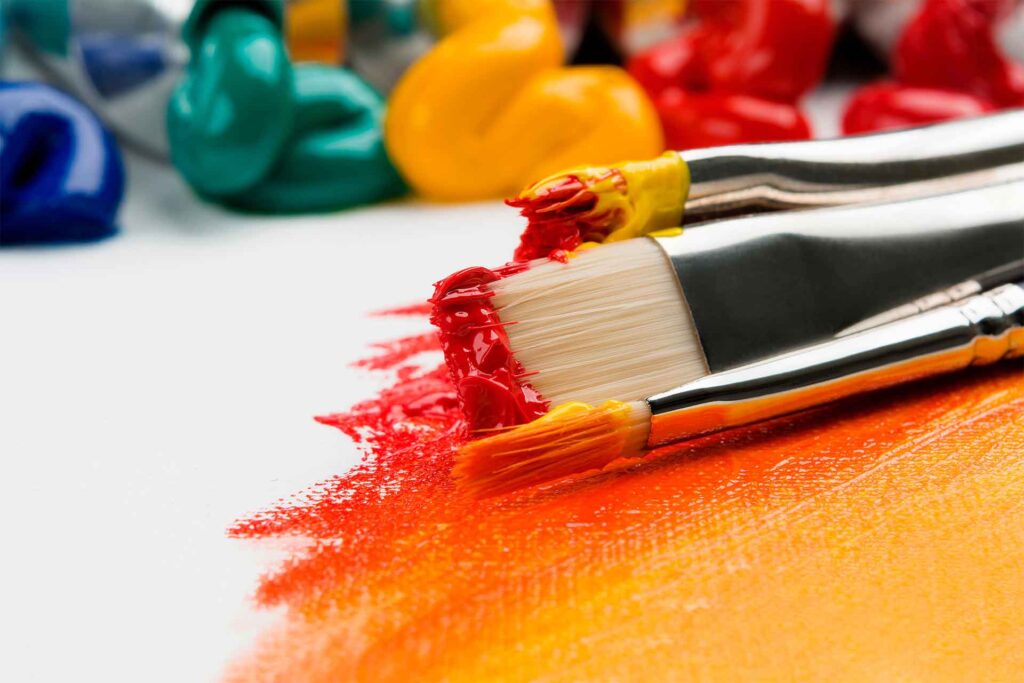Understanding the Meaning and Features of Fine Art
Introduction:
Fine art is a term used to describe visual art forms that are created primarily for aesthetic and intellectual purposes. It encompasses various mediums such as painting, sculpture, drawing, printmaking, watercolor, graphics, and architecture. This article aims to provide a broad outline of the meaning of fine art and its main features, with a focus on creating art that resonates with people. Additionally, we will explore the differences between art and fine art, and delve into the realms of drawing, sculpture, painting, and digital fine art.

1. The Meaning of Fine Art:
Fine art refers to visual art forms that are created with the intention of evoking emotions, stimulating thoughts, and conveying meaning. It is often judged for its beauty, aesthetic appeal, and the depth of its message. Fine art is not limited to a specific medium or technique but encompasses a wide range of artistic expressions.
2. Main Features of Fine Art:
a. Creativity: Fine art is characterized by the artist’s ability to think imaginatively and create unique and original works. It encourages artists to explore new ideas, experiment with different techniques, and push the boundaries of traditional art forms.
b. Aesthetic and Intellectual Purposes: Fine art aims to engage viewers on both an emotional and intellectual level. It seeks to provoke thought, challenge perceptions, and inspire contemplation. The visual elements, composition, and symbolism used in fine art contribute to its overall impact.
c. Beauty and Meaningfulness: Fine art often emphasizes the aesthetic qualities of the artwork, striving to create visually pleasing compositions. However, it goes beyond mere visual appeal and seeks to convey deeper meanings, narratives, or social commentaries.
3. Difference between Art and Fine Art:
While art is a broader term encompassing various creative expressions, fine art specifically refers to visual art forms created for aesthetic and intellectual purposes. Fine art is often exhibited in galleries, museums, and curated collections, distinguishing it from other forms of art that may serve functional or commercial purposes.
4. Drawing, Sculpture, and Painting:
a. Drawing: Drawing is a fundamental form of fine art that involves creating images using lines, shapes, and tones. It can be done with various tools such as pencils, charcoal, ink, or digital mediums. Drawing allows artists to explore ideas, capture observations, and develop their artistic skills.
b. Sculpture: Sculpture is the art of creating three-dimensional forms using materials such as stone, wood, metal, clay, or mixed media. Sculptors manipulate these materials to create physical objects that can be experienced from different angles. Sculpture adds a tactile and spatial dimension to fine art.
c. Painting: Painting is a versatile medium in fine art that involves applying pigments to a surface using brushes, knives, or other tools. It allows artists to explore color, texture, composition, and various painting techniques. Painting offers a wide range of expressive possibilities and is often used to convey emotions and narratives.
5. Digital Fine Art:
Digital fine art refers to artworks created using digital tools and technologies. It encompasses various forms such as digital painting, digital photography, digital prints, and multimedia installations. Digital artists utilize software, computers, tablets, and other digital devices to create their works. This medium offers unique opportunities for experimentation, manipulation, and the integration of different artistic elements.
Conclusion:
Fine art is a visual art form created primarily for aesthetic and intellectual purposes. It emphasizes creativity, beauty, and meaningfulness, aiming to engage viewers on multiple levels. Drawing, sculpture, and painting are traditional mediums within fine art, while digital fine art explores the possibilities offered by digital tools and technologies. By understanding the meaning and features of fine art, artists can create works that resonate with people and leave a lasting impact.
